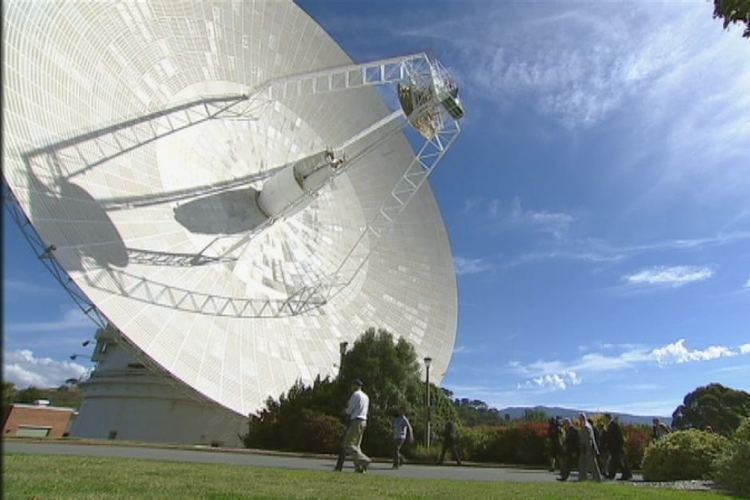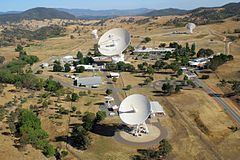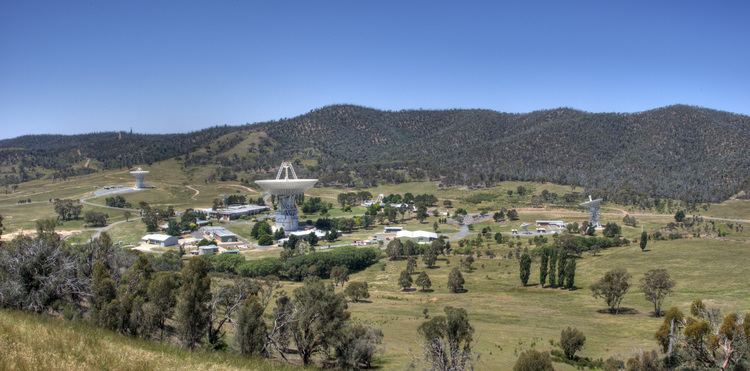Established 19 March 1965 | Altitude 550 m Website www.cdscc.nasa.gov | |
 | ||
Similar Goldstone Deep Space Co, Honeysuckle Creek Tracking, Madrid Deep Space Co, Tidbinbilla Nature Reserve, Space Flight Operation | ||
Canberra deep space communication complex
The Canberra Deep Space Communication Complex (CDSCC) is an Australian ground station located at Tidbinbilla in the Australian Capital Territory. Opened in 1965, the complex was used for tracking the Apollo Lunar Module. It is part of the Deep Space Network of NASA's Jet Propulsion Laboratory (JPL), managed in Australia by the Commonwealth Scientific and Industrial Research Organisation (CSIRO).
Contents
- Canberra deep space communication complex
- Nasa canberra deep space communication complex
- Constitution
- History
- Antennas
- Funding
- References

Nasa canberra deep space communication complex
Constitution
The Canberra Deep Space Communication Complex (CDSCC) is a ground station that is located in Australia at Tidbinbilla in the Paddys River (a tributary of the Cotter River) valley, about 20 km from Canberra in the Australian Capital Territory. The complex is part of the Deep Space Network run by NASA's Jet Propulsion Laboratory (JPL). It is commonly referred to as the Tidbinbilla Deep Space Tracking Station and was officially opened on 19 March 1965 by the then Prime Minister of Australia Sir Robert Menzies.

The station is separated from Canberra by the Murrumbidgee River and, more importantly, the Coolamon Ridge, Urambi Hills, and Bullen Range, which help shield the dishes from the city's radio frequency (RF) noise. Located nearby is the Tidbinbilla Nature Reserve.
The CSIRO manages most of NASA's activities in Australia.

In February 2010 CSIRO took over direct management of the site with the establishment of CASS (CSIRO Astronomy and Space Science). Previous to this CDSCC had been managed by external sub-contractor organisations, such as Raytheon Australia from 2003-2010; BAE Systems (formerly British Aerospace Australia) 1990-2003; AWA Electronic Services -1990.
History
During the mid 1960s NASA built three tracking stations in the Australian Capital Territory.

Antennas

As of late 2016 the Station has five large antennas in use: DSS-34, DSS-35, DSS36, DSS-43, and DSS-45. The CDSCC also uses the Parkes radio telescope in central New South Wales at busy times to receive data from spacecraft. There has been ongoing construction since 2010 building additional 34 m beam waveguide antenna. Construction of DSS-35 began in July 2010. The station's collimation tower is located approximately 3 km to the north-west, on Black Hill.
Funding
CDSCC costs about A$20 million per year to run, and is funded by NASA.
